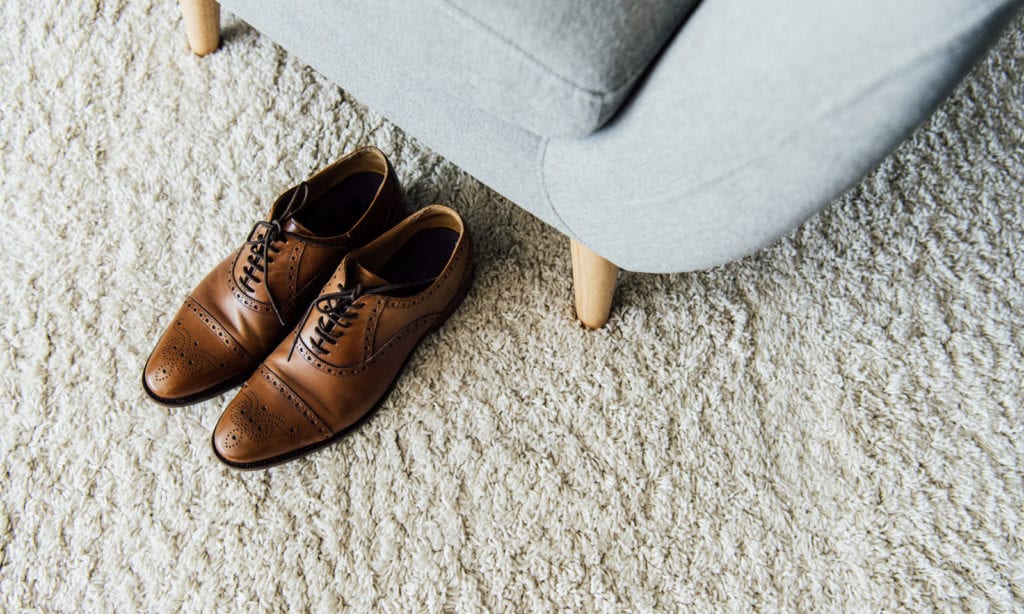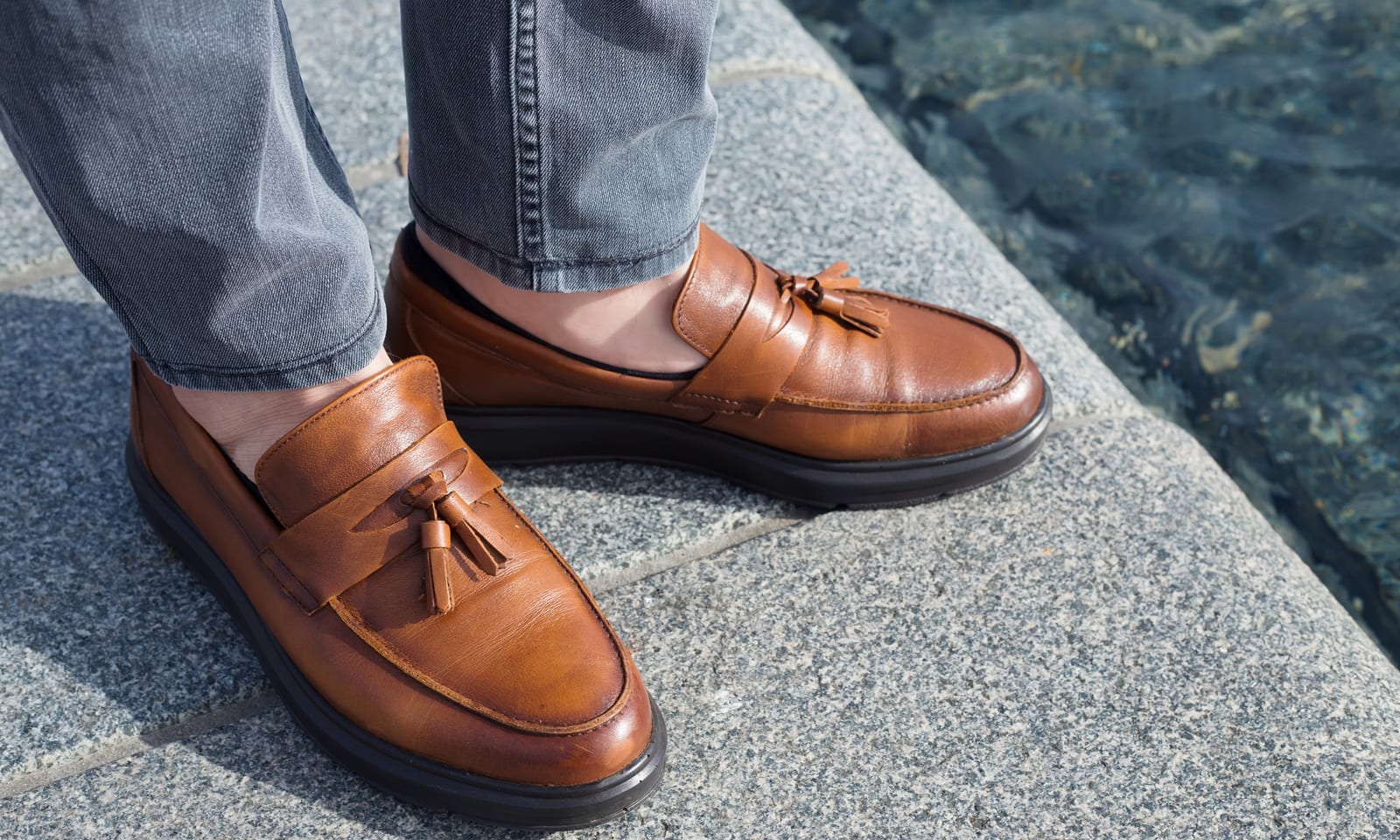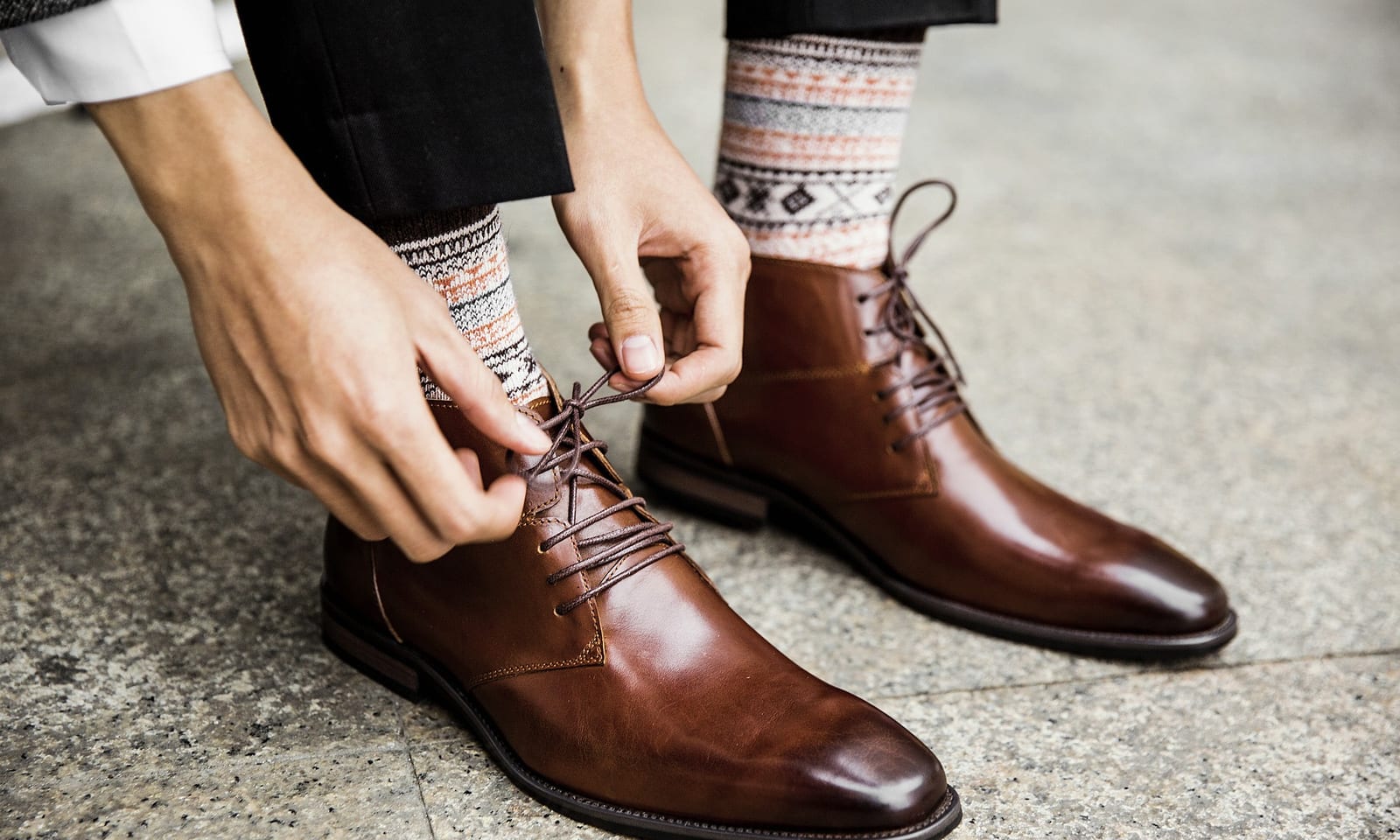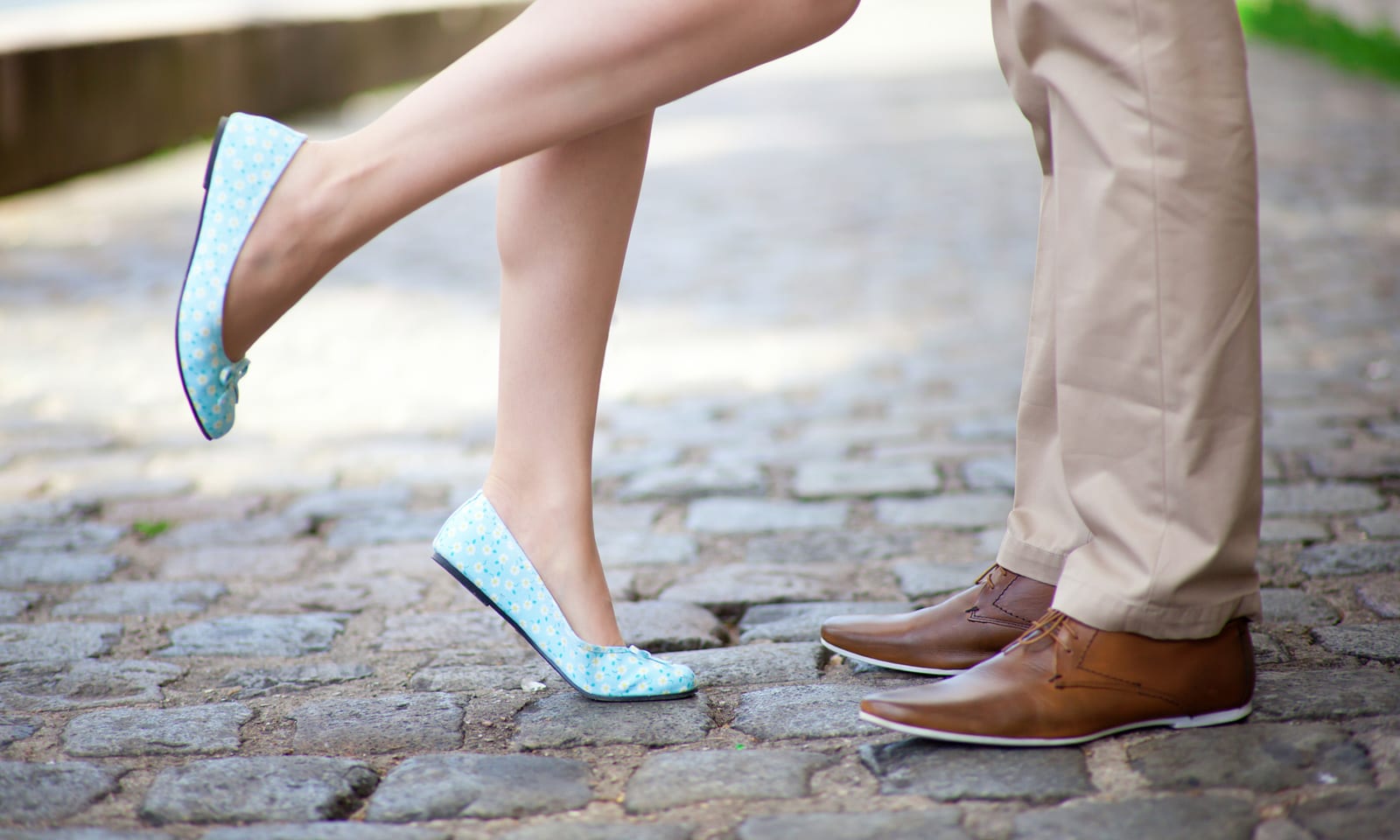Dress Shoes – A Complete Guide

Dress shoes are something that nearly everybody will own at least once, but it’s easy to never put much thought into what you’re actually buying. There is a vast range of different designs and styles on the market, and not all of them are exactly the same when it comes to the way they look and feel.
The main issue with dress shoes is that they’re often designed for a single purpose. You can wear them with any outfit, but they won’t always look right, especially when the rest of your clothes are clearly meant for casual situations. We at ShoeAdviser have put together this guide on the different types of dress shoes you could end up buying, as well as the situations they should be used in and the kind of outfits you should expect to wear them with.
Oxfords
Oxford dress shoes are one of the most common types on the market and are usually made from stylish and high-quality materials like suede or genuine leather. There’s only really one part of the design that’s consistent across all shoes of this style – the laces, which are stitched closed at the bottom area rather than being an extra piece of material on top of the normal outer layer.
This is meant to give it a slightly more formal-looking silhouette without getting rid of the laces entirely, often resulting in it being considered one of the most elegant dress shoe designs available. Most Oxfords will also have a low heel that’s built into the sole directly, as well as a low collar that sits below your ankle. This isn’t for any particular functional difference and is simply meant to make the shoe look more professional.
Loafers
Loafers are, in some ways, the exact opposite of Oxford, being a more casual variation on formal shoes that still retain their high-quality look and feel. There are a few different types of Loafer, but they all share similar qualities: a low collar, no laces, and a very flat heel that keeps your feet close to the ground. Some will have smooth heels, whereas others will use the same kind of grips you see on regular boots and shoes, but this doesn’t make much of a difference in most situations.
Related: Best Loafers for Men.

The main reason you’d want loafers is for semi-formal situations where a fully formal outfit might look too overdressed. They serve a similar purpose to boat shoes, being easy to wear and simple enough to work in most outfits without being too casual or formal – if you’re regularly in situations where you need to wear smart clothing, they can be an invaluable piece of footwear that has a purpose in a vast range of different situations.
Derbys
Derbys, at first glance, might just look like slightly different Oxfords. However, they’re deliberately designed to be somewhat less formal without being too extreme, often meaning that they’ll feel more comfortable to wear for long periods of time. The lacing it more pronounced, since it’s sown directly onto the front of the shoe: they can sometimes even be a completely different material, making the difference between the laces and the shoe’s body even more obvious.
Due to their slightly informal nature, Derbys don’t work as well in fully formal outfits, but they’re ideal for smart-casual attire and other outfits that need an element of formality without being a suit and tie. Since they’re designed more for comfort than Oxfords, they’re also often slightly more durable, so they can handle weather-related damage to a somewhat better extent and won’t wear out quickly if you’re using them regularly.
Related: Dress Shoes for Plantar Fasciitis.
Full Brogues
Full brogues (sometimes known as Wingtips) are another popular style that takes heavy inspiration from Derby shoes, often using the same design with some added materials and surface parts. They are, in a general sense, standard shoes with specially designed toe caps that extend back towards the arch of the shoe, which can sometimes be a completely different color and/or material to the rest of the shoe’s body.
They’re not as formal as some other types, but their design allows them to be more stylish and colorful, so they can be an excellent choice for people with a big interest in fashion or color coordination. Full brogues are kind of a mixture between casual and formal dress shoes since it mainly comes down to the colors and materials each particular pair uses.
Solid-color wingtips are usually the most formal, but you can also get pairs with a contrasting body and cap colors (such as white and brown) for a more relaxed look. Other types of brogues include the half and quarter brogues, which integrate the toe cap section into the main body for a slightly more formal appearance, while still keeping the detailing that most designs share.
These are generally better for extremely formal events, with quarter brogues being the most similar to professional dress shoes, but this will still vary depending on the materials they’re made of and the colors they use.
You might like; Dress Shoes for Men.
Dress Boots
Dress boots are the least shoe-like dress shoes, sharing more in common with combat boots than Oxfords or Loafers. They’re often single color, ankle-length boots that avoid excess detailing and color contrasts, with some even forgoing laces entirely to keep the design flat and smooth on all sides. The heels are generally quite small and smooth, too, rather than keeping the large grip-surfaced heels and soles of other types of boot.

The higher collar means that these shoes are best used underneath trousers that don’t extend too far down the bottom of your leg since you won’t want them to bunch up or fold over in an awkward way that adds some style hampering bulk to your ankle area. In some cases, it’s possible to use dress boots as a causal and informal piece of footwear, but this usually only works on designs that have a lot of detailing or colors that stand out from one another.
Choosing a Shoe
Regardless of which kind of dress shoe you’re interested in, there’s still a lot of different features you’ll need to focus on before you actually make a purchase. Dress shoes are often more expensive than a similar pair of casual shoes, so it can be a lot more frustrating to realize that you’ve bought a pair that don’t fit your needs. Make sure you also pick the right socks for your dress shoes.
The materials used in a shoe’s design are often a huge factor in how it feels and performs under different conditions. For example, leather is a very durable and sturdy material that allows for extra breathability and insulation, but can also easily trap excess heat and can take damage from prolonged exposure to water. Rubber, which you’ll generally see on some soles, is similarly durable but doesn’t provide a lot of padding on its own, requiring extra insoles or foam inserts to keep your feet protected.
Speaking of foam, support, and padding can make a huge difference, too, especially in harder shoes that can get uncomfortable quickly. A shoe without much padding can hurt your feet in the long run, especially if you’re on your feet for large amounts of time, but too much padding can make them feel cramped and stuffy in hot or humid weather.
Arch support can also be a big deal for people with flat or high-arched feet since not having the right kind of support for your foot shape can cause a significant amount of pain even if you’re just walking short distances. In worst-case scenarios, this might even lead to serious damage to your skin or muscles, especially if you have a medical reason for needing certain types of support.
Looking After Your Shoes
Once you’ve chosen some dress shoes, you’ll need to know how to take care of them properly. The better you look after them, the longer they’ll last, and the less likely they’ll be to fall apart unexpectedly. When you’re finished wearing some leather dress shoes, make sure that you brush them off with a small brush or cloth.
This doesn’t have to take long, and quickly getting rid of any leftover dirt or dust will add a surprising amount of time to its functional lifespan without taking much extra effort. Unfinished or untreated leather should be regularly washed with saddle soap to get rid of any dirt or stains that are stuck in it, while finished leather can easily be wiped with soap and a wet cloth.

Materials like suede are usually steam-cleaned, but this can take a while to prepare – if you don’t have time, a small brush and some baking powder can be enough to clean up most stains in a relatively short time. Remember that some designs will have ventilation holes or absorbent padding that can trap water or let it get inside the shoe – in these cases, you won’t simply be able to wash it off and put it straight back on, so cleaning and drying each shoe will take much longer.
If you’ve never owned any formal shoes before, you’ll also need to learn how to store them. Certain storage methods, such as shoe trees, are designed to help absorb moisture while stopping the outer surfaces from folding up or creasing. Others, such as shoe bags, help keep certain materials away from sun damage. Depending on the material you’re using, you might also have to keep the shoes away from (or exposed to) open air to help them dry properly.
Conclusion
Dress shoes are an incredibly useful piece of footwear for a vast range of formal and informal occasions, but not all of them are suitable for every situation or location, and you might end up buying something you can’t use properly if you aren’t careful.
Hopefully, this guide has introduced you to some of the most common types of dress shoes on the market, as well as some of the features and designs that you might need to keep in mind when you’re looking for a pair that suits your needs.